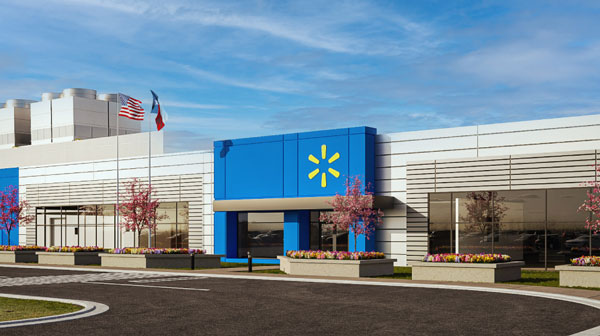Interstate 35 runs from Duluth, Minnesota, to Laredo, Texas, making it a key north-south artery through the central United States for moving imports and exports to and from Canada and Mexico. Besides the state capitals of St. Paul, Des Moines, Oklahoma City and Austin, I-35 links Kansas City, Dallas-Fort Worth and San Antonio and the many communities between them.
At nearly 600 miles, Texas has the longest stretch of the highway, from the Rio Grande River on the Mexico border to the Red River bordering Oklahoma. The Lone Star State understands the significance of I-35 to its prosperity. A recent news bulletin from the Texas Department of Transportation (TxDOT) says the highway is responsible for $1.2 trillion or 49% of the state’s GDP. More than 70 higher education institutes can be found along I-35, and the agency says it supports nearly 400,000 national security sector jobs.
Costly but Necessary Improvements
Carl Johnson, TxDOT’s director of district operations: “The corridor directly supports many of the key economic sectors in the state. It includes a supply chain network valued at more than $300 billion in trade, and 1.6 million jobs associated with more than 52,000 establishments in the manufacturing, transportation and warehousing sectors.”
TxDOT says 19 of the top 100 most congested highway segments in Texas are on I-35, which Austin area residents can vouch for. In 2023, the agency announced the $4.5 billion I-35 Capital Express Central project that will widen eight miles of the Interstate. Since 2015, says the agency, more than $7 billion has been spent on 111 I-35 projects.
“Our seven TxDOT districts [along the I-35 corridor] continue to work together and are committed to strategically delivering needed transportation improvement, effectively and efficiently,” Johnson said. “Since March of last year, TxDOT has completed construction on $2.75 billion of highway projects on I-35.”
The Milk Run
In March, Walmart announced a third milk processing facility in Robinson, Texas, just south of Waco on Interstate 35. The plant will create nearly 400 new jobs and is scheduled to open 2026, according to a company release.
“We’re excited to be able to provide Texas and its surrounding states with high-quality milk sourced primarily from Texas dairy farmers,” said Bruce Heckman, vice president of manufacturing at Walmart. “This new facility continues our commitment to building a more resilient and transparent supply chain and ensuring our customers’ needs are met for this everyday staple.”
Walmart says the new facility will allow it “to meet the growing demand from customers for high-quality milk, while providing transparency about where its products are sourced and making the supply chain more resilient.” The facility will supply more than 750 Walmarts and Sams Clubs in five states.

